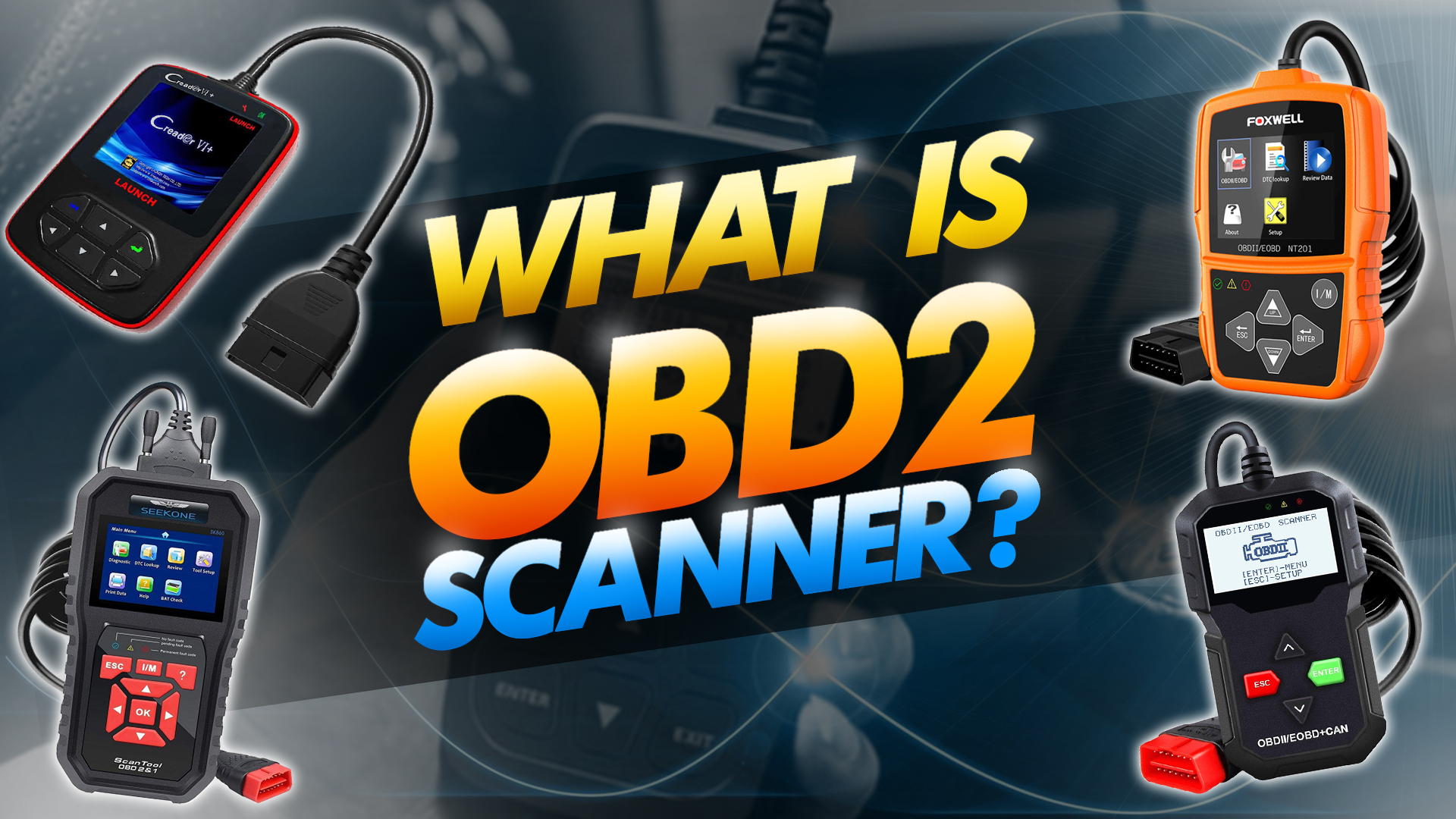
Everybody has a car these days. You need to have a healthy car to do your daily tasks. There are a few people who are just drivers and are completely unaware of the technical issues of the car. Due to this reason, their cars suffer a lot and have to pay frequent visits to the workshop. These people need awareness about the OBD-II scanners and the ways to use it. There are a lot of benefits of having an OBD-II scanner or going to a workshop to get your vehicle checked with a scanner. Those who do not know about the OBD-II technology, here is a little guidance.
OBD-II stands for On-board Diagnostics II, which is a system that on-board computers in vehicles use for self- diagnostics and reporting for the vehicle. The specifications of the system are developed by the Society of Automatic Engineers (SAE). The OBD system gives the owner of the vehicle complete access to the status of various subsystems of the vehicle.
There was an OBD and an OBD-I system earlier, which was also capable of judging the errors and flaws in the vehicle, but OBD-II has a lot of improvement both in standardization and capability. It specifies the diagnostic connector type and its pin-out. This system also has electrical signaling and protocols in it, along with an up-to-date messaging format. It also provides a list of candidate vehicle parameters to scrutinize and encode the data. Moreover, it can detect a problem in the vehicle long before the owner can know about it. It tells you about the low fuel economy, heavy emissions, and low performance of the engine. So, the people who have OBD-II ports in their cars can get to know about their car issues even before the malfunction light turn on, or the oil change beep lights up.
The scanner has a lot of diagnostic codes in its memory. Each of the code is a different fault in the vehicle. When you connect the scanner to the vehicle through the port, it will give you all the diagnostic codes. Each of the code tells you the kind of problem in your vehicle. For example, if your car’s brakes are not working properly, it will give you the code for it. This system is like a surety system, where you can confirm the problem you already know about your car, or you can also know about the problems that are undetectable. These scanners save a lot of your money. You cannot become a fool from a fraud technician about the car issues. You can simply connect the scanner to your vehicle and get the health report of your car in just a few seconds.
This way you can maintain the value for money of your car and use it for a longer period. Even if you are willing to sell it, you will get a good price if there was a good maintenance plan.
OBD-II scanners were earlier available only at a few shops earlier, because they were expensive. Other than the price, people were not aware of the functionality of the device. Today, people are more aware of the car care protocols and understand the requirement of their vehicle. OBD2 scanners are a good way to keep your car healthy and fit for long routes. Here we are going to discuss the protocols by which OBD-II scanner works. These protocols are necessary for a scanner to function properly and provide reliable results.
These protocols enable them to work with different kinds of vehicles. Not all the OBD-II scanners follow all the protocols but work on two or three. These protocols have the permission from the OBD-II interface.
OBD2 Signal Protocols
1. SAE J1850 PWM (plus width modulation)
It uses 41.6kbit/s which is a standard of Ford Motor Company. It has a message length of 12 bytes including the CRC. It employs a multi-master arbitration scheme “Carrier Sense Multiple Access” with nondestructive arbitration. The highest voltage is +5. It has the following pins:
- Pin 2 – bus+
- Pin 10 – bus –
2. SAE J1850 VPW (Variable plus width)
It uses 10.4 kbit/s which is a standard of General Motors. It has a message length of 12 bytes including the CRC. It also employs CSMA/NDA. It uses pin 2: bus+ only. The decision point of this protocol is +3.5 V and a voltage of +7 V.
3. ISO 9141-2
This OBD-II protocol has asynchronous serial data range of 10.4 kbit/s. It is quite similar to the RS-232 but with a different signal level. The communication also takes place on a signal, bidirectional line without any additional handshake signals. It is primarily for in European, Asian and Chrysler vehicles. The message length of this protocol is maximum 260 bytes with a data field of maximum 255.
4. ISO 14230 KWP2000
This OBD-II protocol has a physical layer identical to the ISO 9141. With a signal voltage level as high as +12V it can work up a message which contains a data field of 255 bytes.
5. ISO 16765 CAN
This protocol is the latest protocol developed by the Bosch for the industrial and automotive control. Unlike the other OBD-II protocols, the variants of this protocol are way outside the automotive industry. It did not meet the OBD-II requirements for the vehicle that came before 2003, but after 2008, all vehicles were compatible with CAN protocol. It is one of the signaling protocols now.
If you are a good driver and love your car, then you must get yourself an OBD-II scanner; or if you are a car mechanic then getting an OBD-II scanner can help you do your work more efficiently by helping you detect the exact problem with the car.